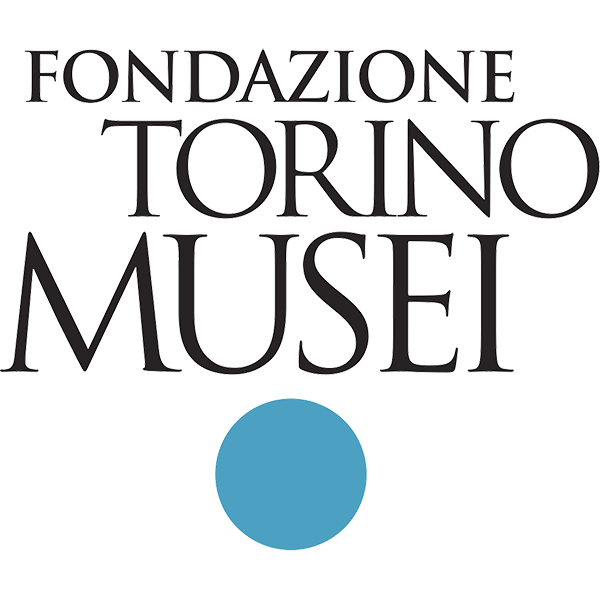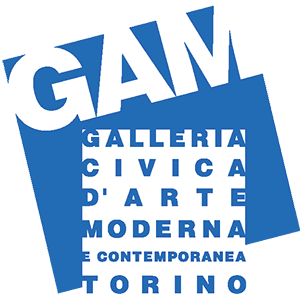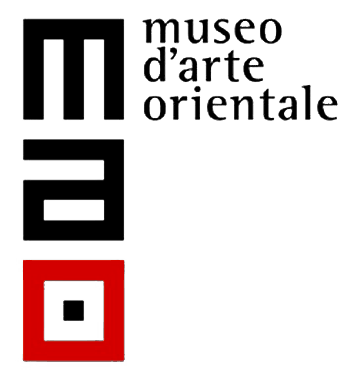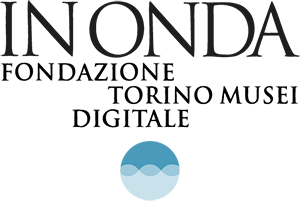FROM BOMBS TO THE MUSEUM: 1942–1959
- Exhibition
- 14 December 2016 - 5 November 2017

curated by Riccardo Passoni and Giorgina Bertolino
based on an idea by Carolyn Christov-Bakargiev
“This exhibition – states Carolyn Christov-Bakargiev – deals with rebuilding the Galleria Civica d’Arte Moderna during the 1950s, after damage to its works and its architecture which hosted the city’s modern art collections and was bombed in 1942 by Allied forces. The war freed the country from dictatorship, but its architectural and artistic heritage paid a very high price, devastated by the conflict.”
A long series of air raids profoundly damaged many areas in Turin. The Padiglione Calderini, built in 1880 and from 1895 home to the museum’s collections, was bombed and partially left in ruins. The same fate was faced by some large-format works, because it had been impossible to move them to a safer location. When the war ended, a newly freed and democratic Turin re-imagines its future.
Dalle bombe al museo covers the course of modern art’s rebirth in Italy. The history of rebuilding the Galleria d’Arte Moderna of Turin—designed by Carlo Bassi (1923) and Goffredo Boschetti (1923–2013), under the supervision of Vittorio Viale (1891–1977)—is an example of a vaster Reconstruction our country began, with extraordinary vitality and energy, in 1945 and carried forth over the following decades. The new Galleria opened in 1959.
“To imagine transforming destruction caused by the war into a constructive idea for the future – states Riccardo Passoni – was the challenge embraced by the then-director of the Musei Civici, Vittorio Viale. With great foresight, he built up the modern art collections even before a new museum was envisioned, thereby setting the conditions for the future developments of our modern collections.”
The first rooms display some emblematic works (in part destroyed and in part restored) of the bombed museum, and as the exhibition unfolds it becomes clear that in the Galleria at the time there already existed an intention to form an international collection, which evolved even before the worksite opened. Evidence of this is the purchase, at the Venice Biennale in 1948, of a work by Marc Chagall (Dans mon pays, 1943), later followed by important acquisitions at the Pittori d’Oggi. Francia Italia [Today’s Painters. France Italy] events, starting in 1951 with works by Hans Hartung (Composition T 50-5 [T, 50-5], 1950) and Alfred Manessier, on exhibit.
The over 60 works on display alternate with 90 period photos and a vast selection of architecture plates and drawings, original letters and documents. Paintings, sculptures, and papers belong to the GAM Collections and its Historical Archives. Across the itinerary, armchairs, tables, chairs, and lamps recreate some of the museum’s original furnishings, thus documenting design research during those years. Dalle bombe al museo is a multifaceted exhibition, interweaving history, art, architecture, and design, through the project by Carlo Bassi and Goffredo Boschetti, the works of artists such as Hans Jean Arp (Scultura di silenzio “Corneille,” 1942), Giacomo Manzù (Ragazza seduta, 1948), Emilio Vedova (Dal ciclo della natura n. 9 [spaziale = invasione], 1953), Pinot Gallizio (La cicogna, 1957), along with a group of objects and furniture by BBPR (Belgiojoso, Peressutti, and Rogers), Luigi Caccia Dominioni, Gio Ponti, Ico Parisi.
Starting from this heritage, the exhibition aims to cover and commemorate the story of a utopia that became reality, shedding light on the extraordinary ability of an entire city in transforming the deformities of the war into a constructive idea about the future.
History
The new venue of the Civica Galleria d’Arte Moderna was designed by architects Carlo Bassi and Goffredo Boschetti, who won, despite their young age (not even thirty), the national competition issued by the City of Turin in 1951 and closed in 1952. The jury, appointed by City Hall, sent out a clear message of innovation that would lead to approving the design for a futuristic museum. The worksite was the framework to an intense rapport between the architects and the director, Vittorio Viale, who advised, discussed, proposed, and offered museographic expertise and international contacts. From 1954 to 1959, the Galleria in-progress was an international crossroads, a site of inspection by architects and museum directors, a place where information was exchanged (from the Boijmans Van Beuningen in Rotterdam to the Rijksmuseum in Amsterdam, from the Metropolitan Museum in New York to the Kunstahaus in Zurich).
Inaugurated by the President of the Italian Republic Giovanni Gronchi on October 31, 1959, the Galleria is “modern” and “European,” according to newspaper headlines from the period.
Its exterior walls are sloped: the curious, perplexed inhabitants of Turin were reminded by Luigi Carluccio, in the columns of the Gazzetta del Popolo, that the Guggenheim Museum in New York, designed by Frank Lloyd Wright and opened in 1959 as well, also has “blind” and “slanted” walls, unfolding “along a spiral, like a snail shell.”
In Turin, the museum is composed of three bodies (with the permanent collections wing, the temporary exhibitions wing, the conference hall with the library). It is inserted diagonally in the complex, following its heliothermic axis, a principle the architects adopted to intercept sunlight and create a garden, made up of lawn sections that wind their way around the sinuous forms of the building. Bassi and Boschetti broke the orthogonal, rational, and ordered grid, the expression of the city’s forma mentis, forerunning today’s bioarchitecture.
“Having its own tension, the building is traversed by a powerful inner dialectic that embraces, on the one hand, a reflection on the ‘deformity’ caused by the war’s destruction, and, on the other, it bears witness to a striving for the future, with a construction design made up of diagonals and irregular lines, a sort of spacecraft landing upon the city’s streets,” states Giorgina Bertolino.
This utopian imaginary of the future, which architecture translates into new structures and which goes hand-in-hand with the birth of Art informel and Neorealist cinema, is initially born in art and develops in the late 1950s. The art proposed and forms related to spatialism, kinetic-programmed art, and optical art call to mind the shape of our museum.
The exhibition, coordinated by Gregorio Mazzonis, is accompanied by a catalogue published by Silvana Editoriale with texts by Carolyn Christov-Bakargiev, Giuseppe Berta, Carlo Bassi, Giorgina Bertolino, and Riccardo Passoni.






